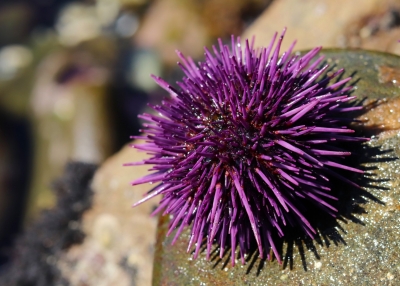What are the characteristics of the blue-ringed octopus?

The blue-ringed octopus may look cute and harmless at the first glance. But take care; it is an extremely poisonous animal!
These small octopuses are common in coral reefs and tide pools of the Pacific and Indian Oceans. They usually stay hidden in crevices, shells or marine debris, their tan-coloured body blending in with the surroundings. But the ‘true colour’ of this shy little thing comes out when threatened by somebody. Bright blue rings appear all over its body as a warning signal, which have given it the name.
If a human is bitten by the blue-ringed octopus it can cause respiratory distress and paralysis and other symptoms too, like nausea, blindness and heart failure.
The venom is not just to fight the enemies, it helps in feeding too. These octopuses usually hunt small crabs and shrimp, but will also eat molluscs and small fish. The octopus delivers the paralyzing venom into the prey. The venom is produced by its saliva, which also contains digestive enzymes. So the flesh of the prey is partially digested before the octopus sucks it out. The blue-ringed octopus is not hurt by its own venom.
Picture Credit : Google
